
Washington, D.C., 30 March 2017 (PAHO/WHO) - The Pan American Health Organization/World Health Organization (PAHO/WHO) has provided broad support to Brazil in responding to the outbreak of yellow fever. The collaboration ranges from sending doses of vaccines against the disease and disseminating recommendations based on the best scientific evidence available to the field, together with national and local authorities. PAHO / WHO teams have been active in several areas, including the control of mosquitoes that transmit yellow fever, in detailed analysis of data to subsidize strategic actions and in direct contact with patients infected or suspected of infection.
One of the most affected states is Espirito Santo. In March, 2017 PAHO/WHO recommended the state as an area for yellow fever vaccination. Among the professionals sent to collaborate with the investigation of suspected cases is Lenildo Moura, PAHO / WHO consultant in Brazil.
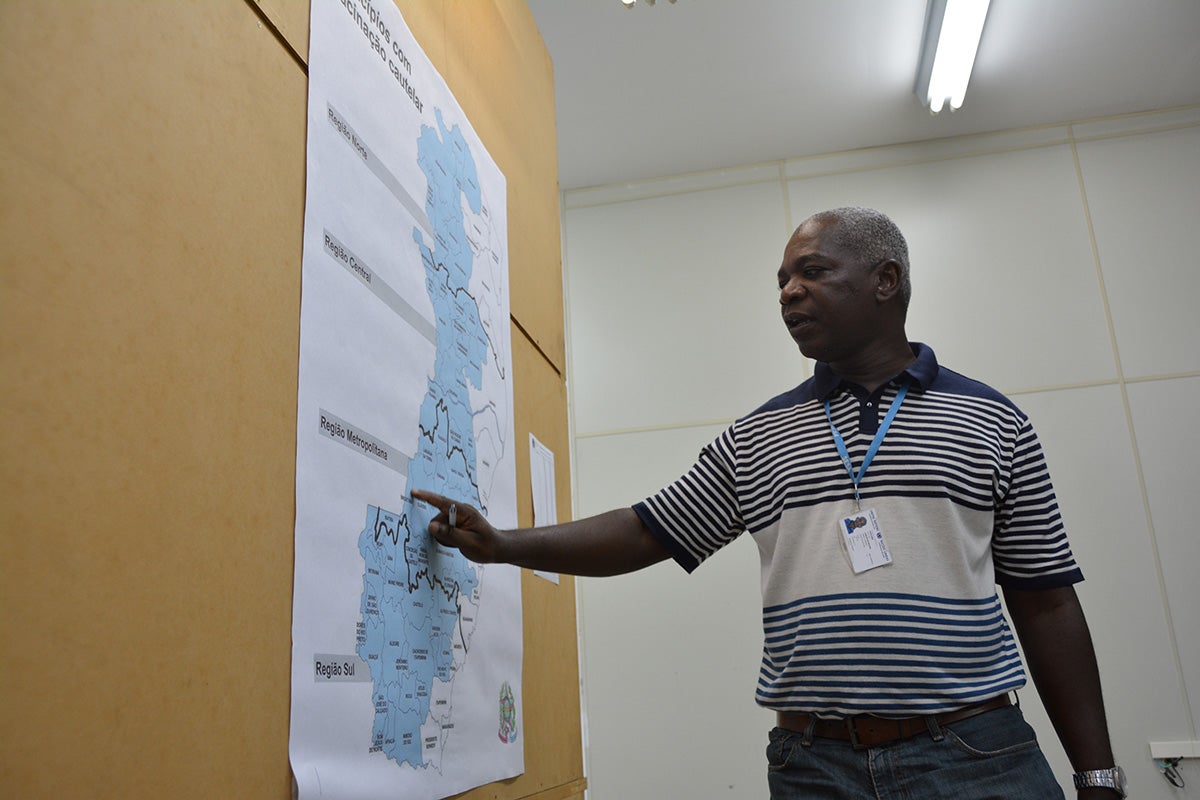
A resident of the Bela Vista neighborhood in Vitória, capital of Espírito Santo, 29-year-old Carlos de Jesus Santos was one of the patients on the list of suspected cases of yellow fever. Among other signs, he presented jaundice, a common feature of the disease. "I was feeling a strong abdominal pain, which appeared suddenly. I could not eat or drink water. In addition, I had a high fever, vomiting and bloody stools," said Carlos. When he realized the symptoms were not going away, even after taking the drugs prescribed to him at the primary health care center, he sought medical help again. After an evaluation of his symptoms and diagnostic tests, Carlos received the news that he could have yellow fever.
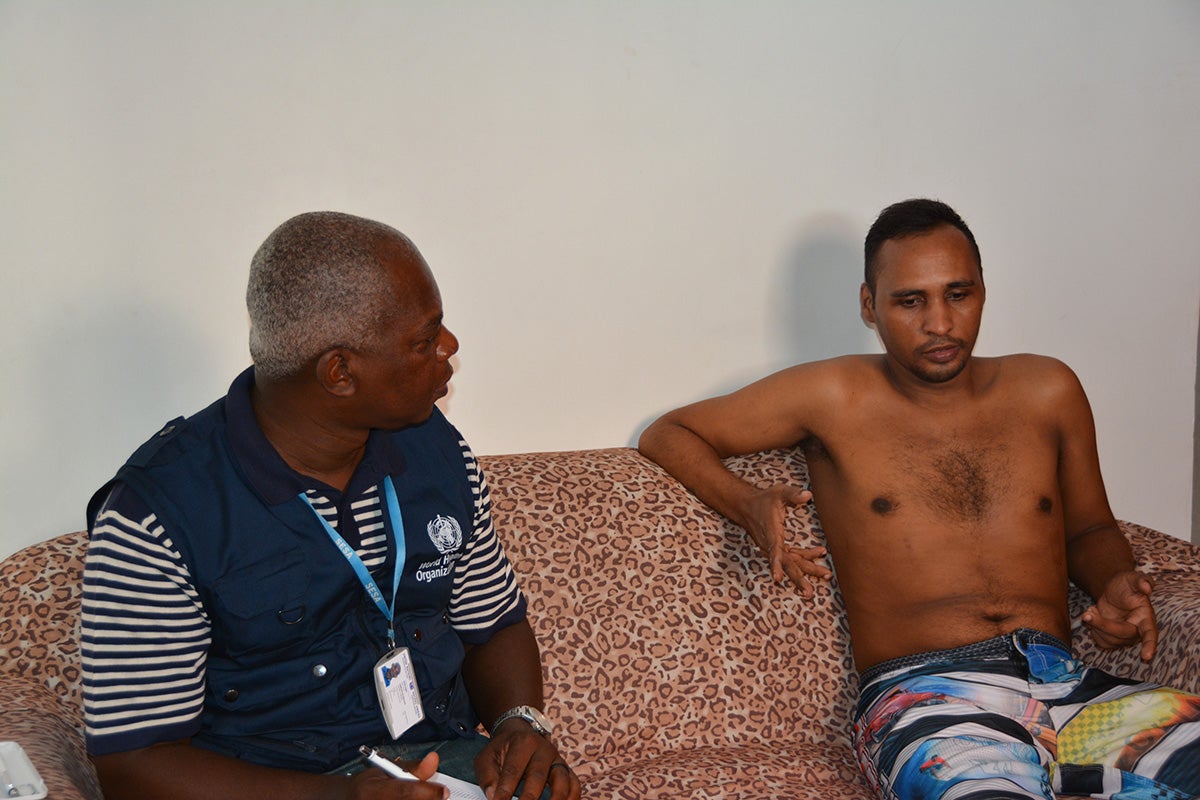
PAHO / WHO consultant Lenildo Moura interviewed the patient and took all the information collected to the Yellow Fever Situation Room of the State Health Department. Working with experts, he ruled out the possibility of infection by the disease. "These data help us define whether the transmission is wild or urban. It is investigative work which helps us to define the type of vector, "explained Moura.
The Situation Room was created in January this year, with the support of PAHO / WHO. It is a physical and virtual space where information is analyzed systematically by a technical staff, which characterizes the health situation of the population. The team relies on specialists such as medical epidemiologists and infectious disease experts, nurses and biologists. Those working in the Situation Room also include PAHO / WHO consultant Matheus Cerroni , who helped to install the Situation Room in Minas Gerais, the state with the most cases of yellow fever, as well as PAHO / WHO Regional Adviser on Communicable Diseases Enrique Pérez, and professionals from the Health Secretariat of Espírito Santo and the Ministry of Health of Brazil.
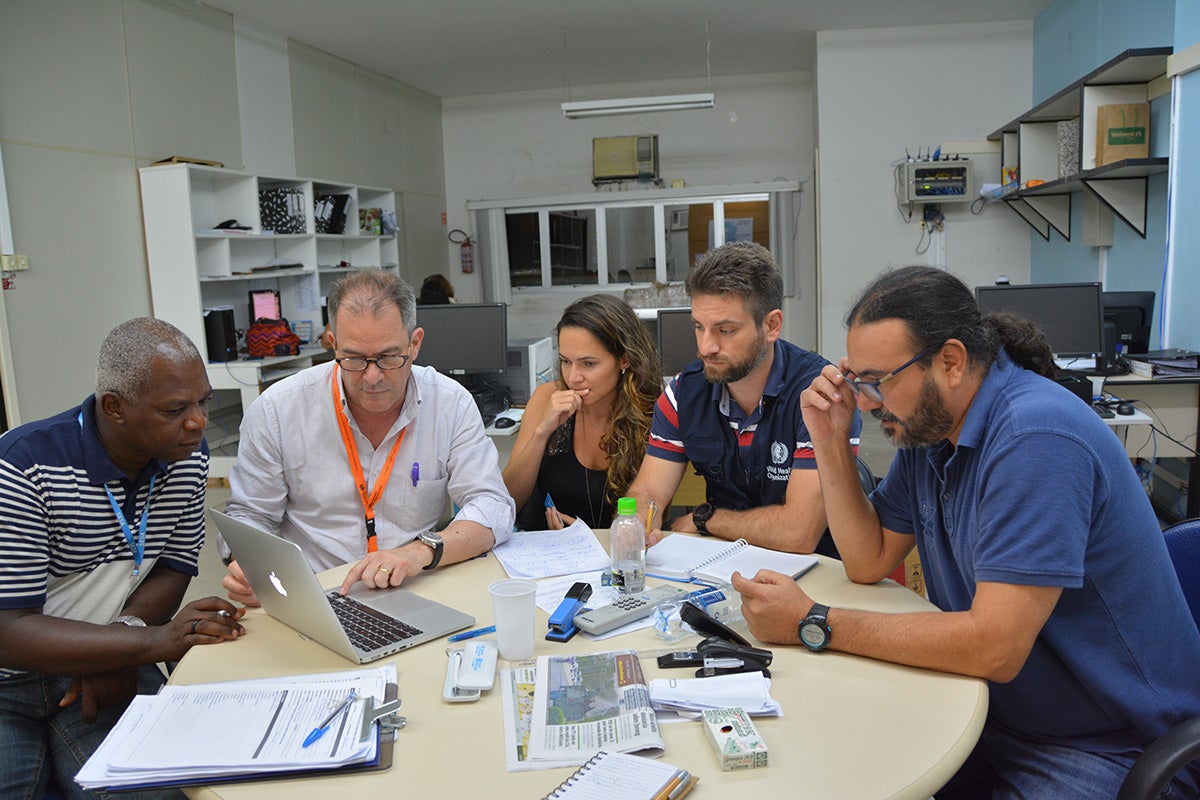
Carlos Melo, PAHO / WHO Advisor on Entomology in Brazil, has been following efforts to control vectors in the Grande Vitória region. He reviewed, along with state staff, the measures already implemented, providing guidance to make the work as effective as possible. "We came to see the structure of the outbreak response in the state and share best practices to control the mosquito population," said Melo.
One of the control methods for yellow fever mosquitoes used in Espírito Santo is Ultra Low Volume (ULV) spraying of insecticides with vehicles and backpack sprayers. The ULV Operational Center, linked to the State Department of Health, is in the municipality of Guarapari. The state is providing equipment for vector control to several affected cities, including Ibatiba, Serra, Nova Venécia, Cariacica, Guarapari, Vila Velha, Vitória and Viana.
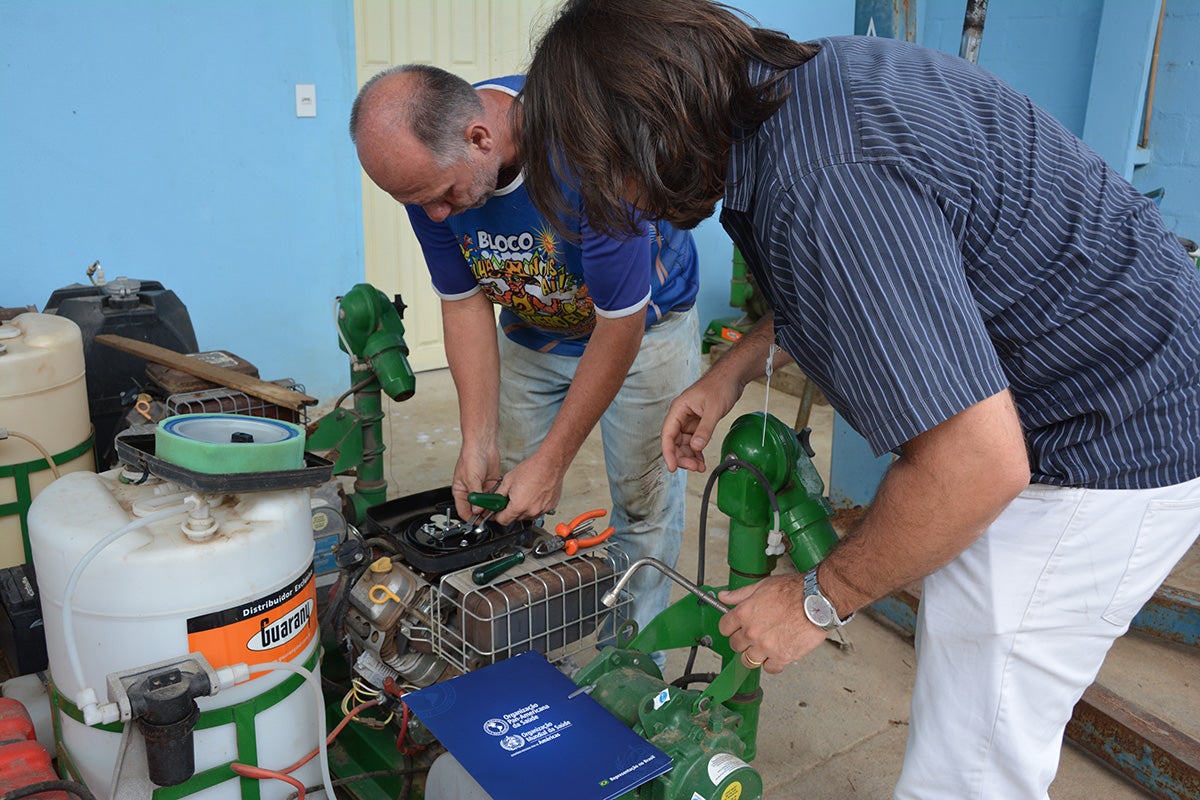
Larvae and mosquitoes are collected to detect if they carry the yellow fever virus. If the virus were to be detected in Aedes aegypti mosquitoes, it could determine if there is urban transmission. To date, the transmission of the disease in Brazil is only sylvatic transmission, by Haemagogus and Sabethes vectors. In Vitória, the capture work is carried out by the State Health Department and the Oswaldo Cruz Foundation (Fiocruz), with the support of the Municipal Health Department.
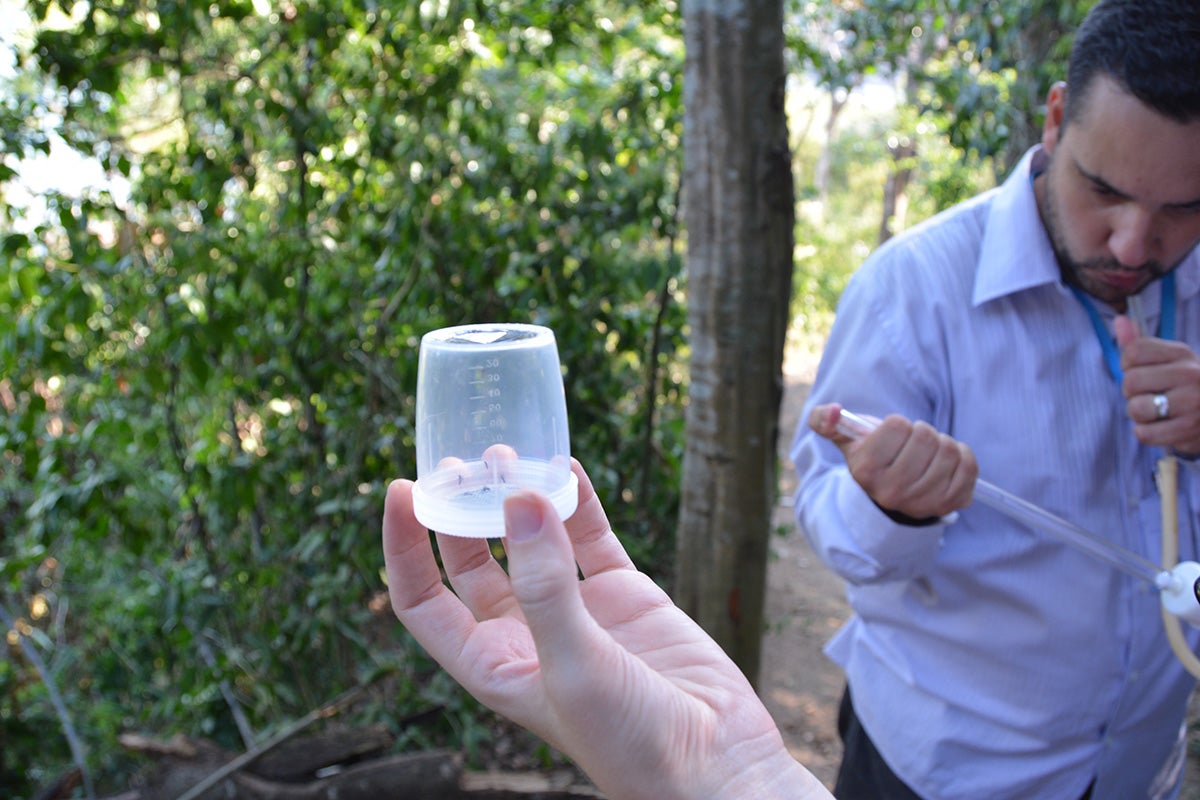
The catch is made by two technicians for three consecutive days. Among the tools used are the entomological "sucker," (a kind of hose used to aspirate mosquitoes), and CDC traps with dry ice, a chemical compound that attracts mosquitoes, isolates the virus and ensures the quality of the sample until it is analyzed .



